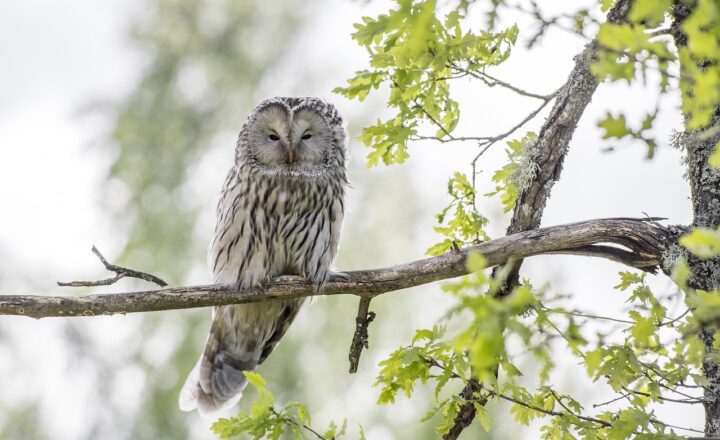
Animals in the wild exhibit a fascinating array of relationships that often go unseen by the human eye. These relationships, from partnerships to rivalries, are intricate and can reveal much about the behavior and survival strategies of various species. In this article, we will delve deep into the untold stories of animal relationships in the wild, exploring various types of interactions and the significance they hold in the natural world.
1. The Bonds of Kinship: Family Dynamics
Family structures are fundamental to the survival and success of many species. In the animal kingdom, kinship often dictates behavior, resource allocation, and reproductive strategies. For instance, elephants are known for their extraordinary family ties.
Elephants live in matriarchal herds led by the oldest female, who passes down knowledge essential for survival, such as the location of water sources. The bond between a mother and her calf is particularly strong; mothers will fiercely protect their offspring from predators at all costs. Moreover, siblings often play a role in caring for the young, showcasing a rich familial support network that enhances the survival of the group.
Similarly, wolves rely on pack dynamics where each member has specific roles, from hunting to raising pups. This cooperation fosters strong social bonds and enhances the sustainability of the pack. Wolves demonstrate loyalty and teamwork in their hunting patterns, reflecting the importance of collaboration in wild environments.
2. Symbiotic Relationships: A Mutual Benefit
Beyond familial bonds, animals engage in various symbiotic relationships that illustrate cooperation and interdependence. One prime example is the relationship between oxpeckers and large herbivores like buffalo and rhinoceroses.
Oxpeckers feed on ticks and parasites found on the skin of these large animals. In return, the herbivores gain relief from pests, while the birds receive a steady food source. This mutualism is not without its complexities, however, as some oxpeckers can also peck at their host’s wounds to access blood, highlighting the delicate balance of such relationships.
Another intriguing example is the relationship between clownfish and sea anemones. Clownfish seek refuge in the stinging tentacles of anemones, gaining protection from predators. In return, they provide the anemones with nutrients through their waste and help to keep them clean. This beautiful coexistence exemplifies how different species can interact beneficially in the pursuit of survival.
3. Rivalry in the Animal Kingdom: Survival of the Fittest
Rivalries often shape the dynamics of animal relationships, as competition for resources like food, mates, and territory can lead to fierce confrontations. In the wild, this can manifest in various ways, from territorial displays to outright battles.
Take the example of male deer during mating season. Antler duels are common among males as they vie for the attention of females. The display of strength and dominance not only determines who gets to mate but also plays a crucial role in the genetics of the population. The stronger males are typically better equipped to survive and pass on their genes, which influences the evolutionary trajectory of the species.
Predatory behaviors also showcase rivalry and competition. Tigers, for instance, often engage in territorial disputes, and conflicts can arise over prey. The larger, stronger tiger will often claim territory, prompting weaker individuals to find alternative hunting grounds. This not only influences individual survival but can also shape the population dynamics of the species and their prey.
4. Unexpected Allies: Inter-species Friendships
While competition and rivalries are often highlighted in discussions about animal relationships, unexpected alliances frequently occur in the wild, leading to astonishing interactions between different species.
For instance, the relationship between a dog and a cheetah at a wildlife sanctuary illustrates that friendships can transcend species boundaries. The cheetah, raised alongside a dog, displayed a sense of comfort and security with its canine companion, showcasing the power of social bonds that can develop under unique circumstances. Such relationships can offer insight into the emotional capacity of animals and pave the way for further understanding of interspecies relationships and behavior.
Furthermore, the unusual friendship between a lion and a goat at a South African animal park made headlines worldwide, demonstrating that animals can form unique partnerships, challenging our perceptions of natural instincts and behavior.
5. Communication in Animal Relationships
The ability to communicate effectively is vital in animal relationships, whether among family members or rival groups. Animals use a plethora of signals, sounds, and body language to convey emotions, intentions, and warnings.
For instance, dolphins are known for their sophisticated communication skills, which include a variety of clicks and whistles. These sounds facilitate social bonding within pods and are crucial during hunting or initiating playful activities. The social structures of dolphin pods are complex, with intricate relationships formed through cooperative behaviors, highlighting the role of communication in their interrelations.
Birds, too, exhibit remarkable communication skills. The majestic lyrebird can imitate the sounds of virtually any noise it hears, showcasing an extraordinary ability to engage with its environment and potentially attract mates. This ability to communicate effectively can lead to stronger male-female bonds during breeding seasons and influence the overall dynamics within a bird population.
Conclusion: A Tapestry of Relationships
The animal kingdom is a rich tapestry of relationships, interwoven with mutual aid, competition, family, communication, and unexpected alliances. Each story reflects a unique survival strategy, emphasizing the importance of understanding these dynamics in conservation efforts and our shared environment. As we continue to explore the wild world, we uncover not only the beauty of animal interactions but also the invaluable lessons they offer about cooperation, resilience, and the delicate balance of life on Earth.
In essence, by appreciating and understanding the complexities of animal relationships in the wild, we gain deeper insights into the natural world and the intricate web of life that surrounds us.







